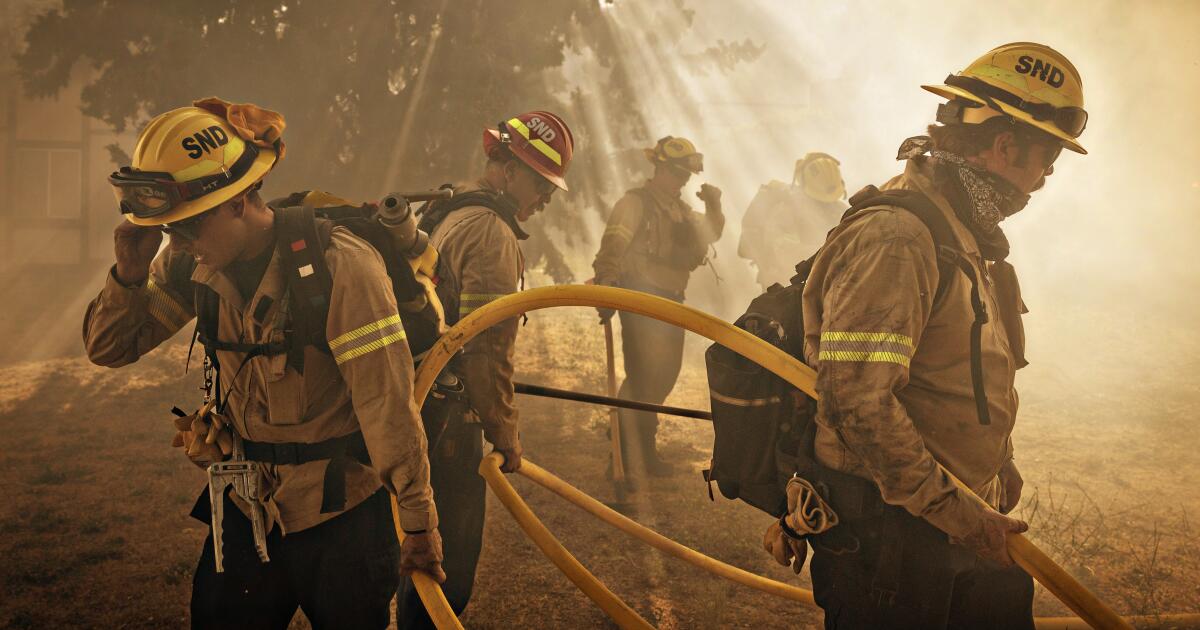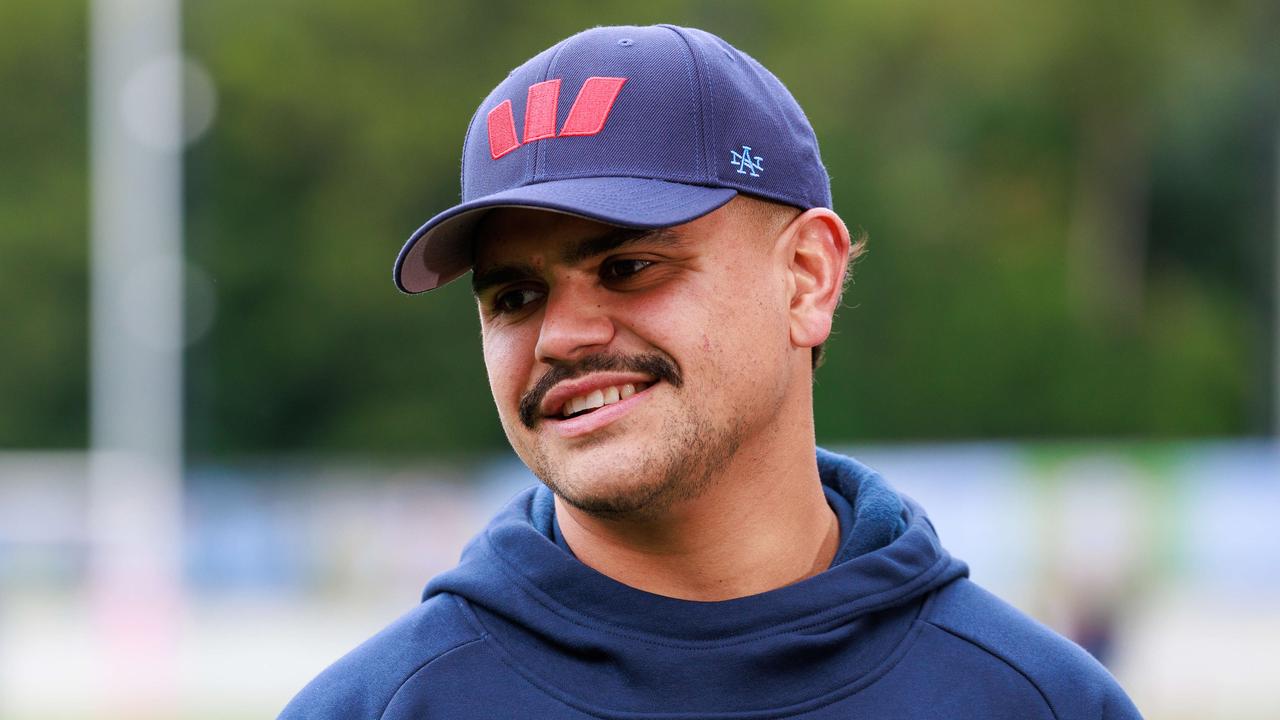Fentanyl has become a deadly drug in the United States in recent years, the numbers of which are becoming frightening: it can kill with just one dose and now leaves 200 dead and thousands of families shattered every day. It is the leading cause of death among Americans ages 18 to 49, and its spread around the world appears unstoppable.
The journalist Alejandra Andrade takes the bus again for “Out of Coverage” on Cuatro (premiere of the new season this Monday at 10:50 p.m.) and travels to Los Angeles and San Francisco, the epicenters of the epidemic caused by this deadly drug They say , it is fifty times stronger than heroin.
In this way, the presenter, who received the Ondas Prize in 2019 for her work in this Mediaset format, will dedicate two special volumes to the analysis of this drama that is now also appearing on the streets of Spain. “We tried to explain the addiction to a drug that is legal with a prescription, but we checked that it is also used on the streets.” “In Cañada Real, for example, heroin and cocaine are already reduced with fentanyl,” explains Andrade, who, however, clarifies that this is a worrying fact but that there is no cause for alarm. “The Ministry of Health currently has strict controls on fentanyl. But we have confirmed that this drug is already among us,” he says.
On her trip to the USA, the journalist experienced first-hand how much fentanyl harms younger people in particular. Remember the opioid crisis, which led to the addiction of many citizens. In the first part of the report, the show addresses how the chemical fentanyl gets from China to Mexico, where cartels use it to reduce other drugs such as heroin, and from there with the help of risk-taking illegal immigrants to California to cross the border.
Similar news

In all this data maelstrom, the journalist admits her obsession with a topic that keeps cropping up in the media. “I think there’s a lot of misinformation and people don’t know. We have worked very consistently, we have spoken to doctors who are on the front lines, and we have spoken to experts about the illegal and legal components of fentanyl. “How is it possible that there are patients who are addicted to a drug that a doctor has prescribed for them?” asks the communicator, who is also responsible for directing this format, which she creates in collaboration with Producciones Imposibles and Onza produces.
Expected return
With these two new episodes, Andrade returns to Cuatro with one of the programs that gave him the most professional pleasure. The format was discontinued in 2019 and four years later, the new management of Mediaset España decided to resume it in order to strengthen the second channel of the communications group. «It was a joy and a pleasure to get together again. “I’m very excited and happy,” she admits.
Andrade returns with more experience and professional background to a program that doesn’t deal with simple problems. “Now the problems affect me less. In “Callejeros” or “Encarcelados” I came home fucked. Because of my age or habit, after entering many conflicting places and living with the drama, I manage to separate it. “I have a lot of compassion and stay in touch with many of the characters I interview, so they are part of my life,” he says.
“I really empathize and stay in touch with many of the characters I interview who are part of my life.”
He also returns more relaxed to face the weekly scrutiny of the audience: “I used to be obsessed with data. “Television viewing has declined and is now consumed in different ways.”
For the new episodes that will soon be broadcast on Cuatro, the journalist does not reveal the content, but assumes that they will continue in the same vein as the two reports on fentanyl. “They are very different topics, but all with a very clear social concern, with a lot of street and great emphasis on the protagonists of the stories.” “We managed to go into places where cameras normally don’t go,” says the Journalist, who of course assures that she is more interested in working on the streets, in contact with people. “I wouldn’t see myself in a set format, I don’t know if I would know how to do it.” I’m not even worthy of being in the newsroom. What I can do is record, do interviews and be out there,” he says.








